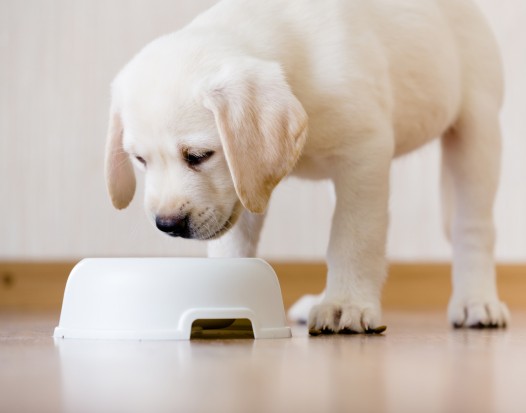
One of the most familiar complaints owners make regarding their dogs is pulling on the leash. It is behavior that can certainly ruin your enjoyment of going out with your pooch - that ought to be one of the best things about having a dog! So how do you bring to an end the pulling?
Back to Basics
To begin with go back to basics and begin the training in the home and garden, just as if your dog was a puppy again. This way there will be no disturbances and you can both concentrate more easily. You can, moreover, do lots of quick training sessions which will underpin the proper behaviour more rapidly. Use a fixed length leash not an extending one so that you have greater control. Don't use a choke chain as this might end up almost throttling your dog, and they do little to train the pup to walk in balance by your side.
As soon as you have stopped him pulling in the home you can then proceed to brief 'boring' walks - to the shops or just around the block - so that he does not get overly excited. Be sure you never 'wind' your dog up before the walk, he must never be permitted to jump up or bark before the walk.
No 'Water-Skiing'!
Whilst you are training your dog not to pull on the leash, it is vital that YOU do not pull. The more you pull him the more he will pull back. It may seem like the correct thing to do but it will just make things worse, so don't get into that 'water-skiing' attitude behind him!
Instead you must plan to walk in an upright but relaxed position, that demonstrates to your pup that you are in control. Hold the leash hanging slack between you. If you need to signal to your pup when you request him to slow down, then simply pull once as you make the command and then relax the leash. Don't keep the leash tense.
Keep stopping your pooch, by instruction not by pulling the leash. Treat him when he stops and make him sit. After that start the walk again. Perform all this by command not by pulling. Give lots of treats and praise him every time he obeys the order.
If you have used a clicker for other training then use it to prevent him pulling. But keep in mind as with all dog clicker training you have to click at the precise instant when your pooch acts the way that you want - it will have no effect otherwise - and you need to reward the correct conduct too until he makes the association with the proper behaviour and the click.
Keep your Dog on his Toes!
Your pooch might also benefit by being more in control of his walking and balance. You can aid this by designing an 'obstacle course' in your home or garden. Lay cardboard, doormats, cushions on the flooring to create an irregular surface and then bits and pieces that your dog has to step over for example plastic bottles, a ladder that he has to step through the rungs, low poles. You can utilize any items you like, so long as it makes your dog concentrate on his balance and walking technique. All the time you must continue to make him walk with you and not pull. This unusual walking experience will help your pup to concentrate on your instructions.
A further beneficial tip is to do the unexpected when you are out walking with your dog. Sudden changes of direction or sudden halts will keep your dog on his toes and make him more attentive to you. Try ziz-zagging all along the pavement or suddenly returning the way you came, running then stopping will all make your pup concentrate on you as opposed to the destination.
In particular ensure that you stay calm and patient for the duration of this training. There is certainly no rush and the more time you take and more comprehensive the training the better your pooch will understand and act upon your orders. Dogs always appreciate when you are annoyed!
 Cat Genetics Part Four - Coat Colour - The Easy Version
Cat Genetics Part
Cat Genetics Part Four - Coat Colour - The Easy Version
Cat Genetics Part
 Looking after your dog with a walk
Looking after your dog with a walk
Dog walki
Looking after your dog with a walk
Looking after your dog with a walk
Dog walki
 4 Gorgeous Exotic Looking Cat Breeds
4 Gorgeous Exotic
4 Gorgeous Exotic Looking Cat Breeds
4 Gorgeous Exotic
 Dog Mounting - How To Stop Dog Mounting Behaviour
Dog Mounting - Ho
Dog Mounting - How To Stop Dog Mounting Behaviour
Dog Mounting - Ho
 Making The Right Choices When It Comes To Feeding Your Puppy
Making The Right
Making The Right Choices When It Comes To Feeding Your Puppy
Making The Right
Copyright © 2005-2016 Pet Information All Rights Reserved
Contact us: www162date@outlook.com